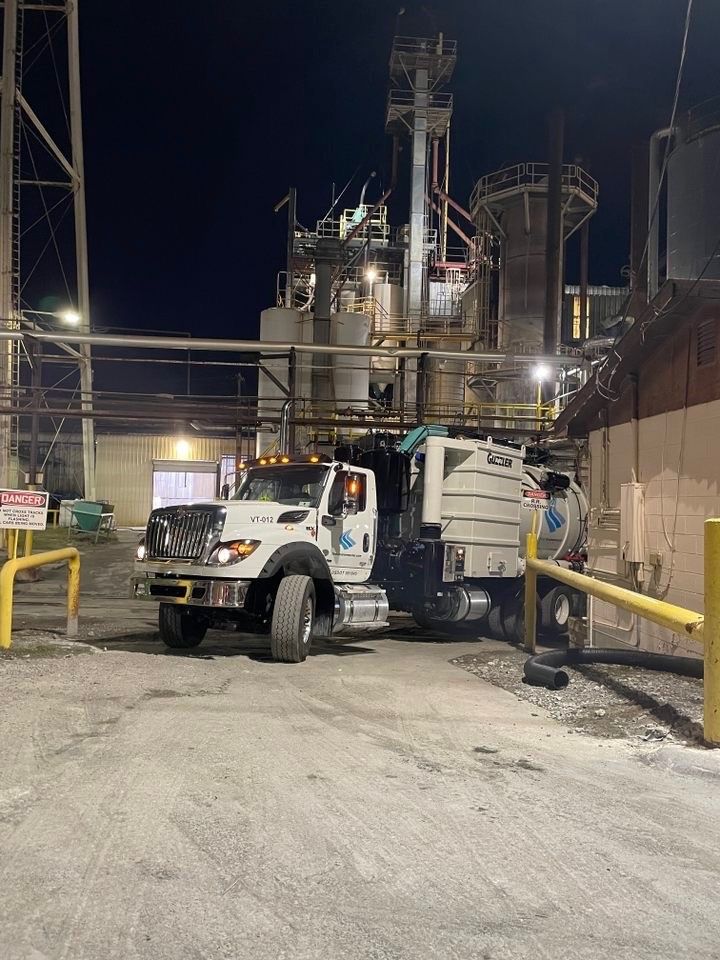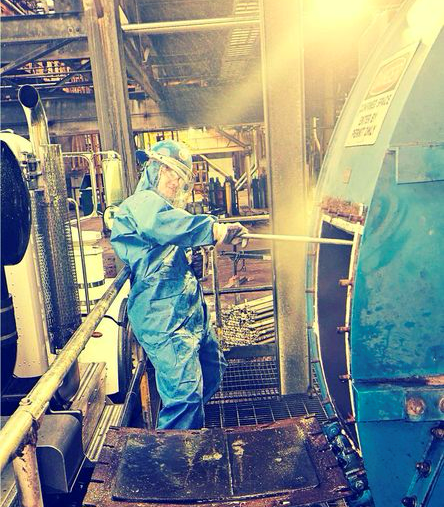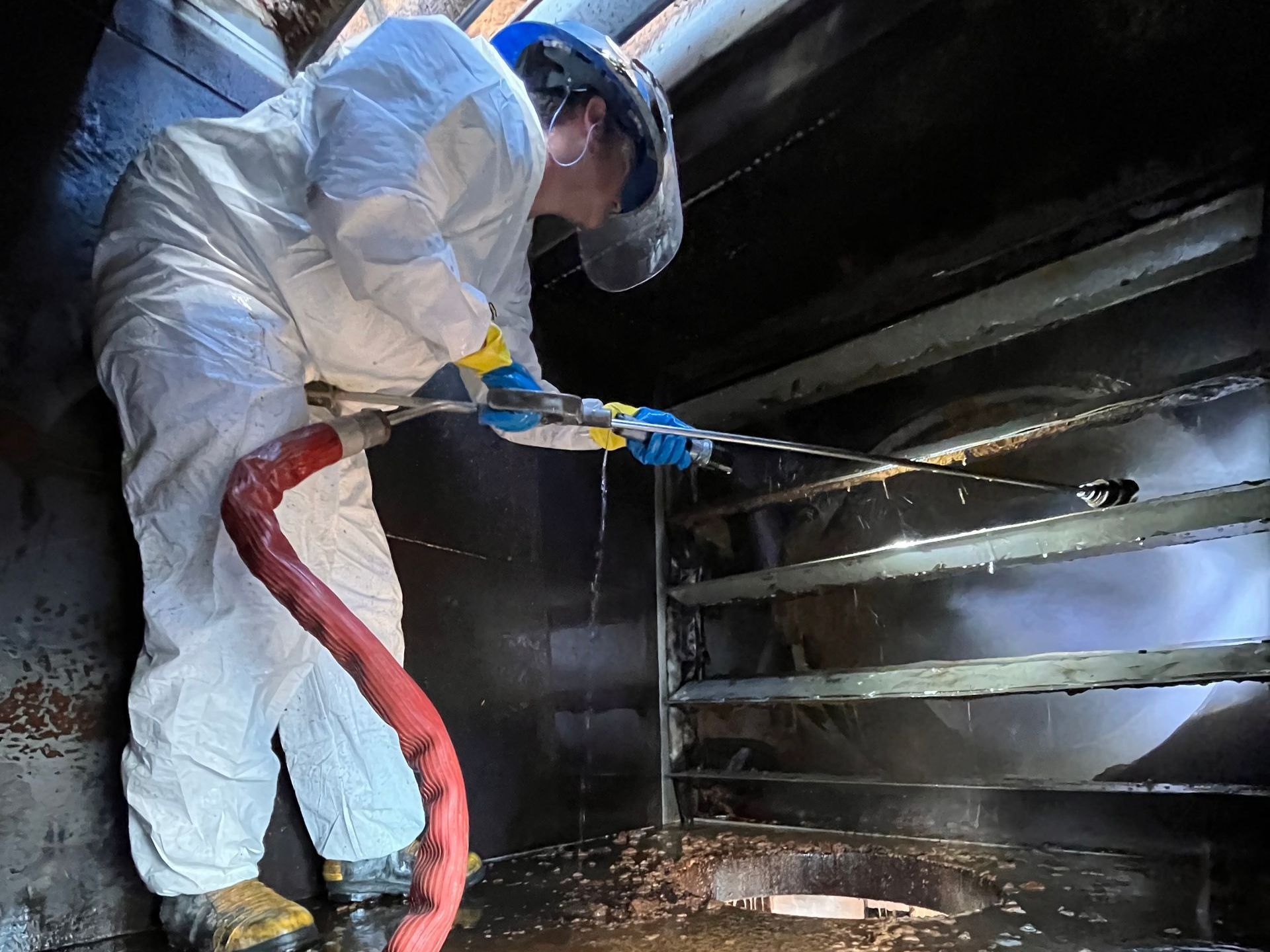Hazardous Material Abatement
First Environmental is proud to offer a new hazardous material abatement service.
This service is designed to support clientele with asbestos abatement, lead abatement, and heavy metal dust removal needs throughout Georgia. Leveraging our existing internal resources, we have created our hazardous material abatement business line to continue to serve the needs of our clients. Our mission of fixing our customers’ problems and making them happy is central to everything we do.
Asbestos-containing materials and their remediation remain a common challenge of various businesses, general contractors, and demolition companies.
Asbestos is a naturally occurring substance used in various construction materials for insulation and as a fire-retardant. The mineral fiber is strong and exhibits heat-resistant properties, making it ideal in an array of manufactured goods and materials. Examples include roofing shingles, ceiling and floor tiles, paper products, and asbestos cement products. Removal of these materials, as they deteriorate or need to be replaced, requires expert assistance and proper management.
Asbestos has been proven to be a hazardous substance. When materials with asbestos break down during repair, remodeling, or demolition activities, microscopic fibers become airborne and can get into the lungs, causing long-term health issues.
Asbestos abatement services are for safely and compliantly removing this hazard from contaminated areas.
Lead abatement is similar in scope to asbestos. Lead was a common additive used in paint, and it is a hazardous substance. Over time, the paint can release minor amounts of lead into the environment, and it can have adverse effects on those exposed. This includes impacts on muscles and the nervous system.
We offer lead abatement services to safely and compliantly remove lead-based paint and similar lead-based coatings that were common prior to 1978.
Mold Remediation is another area where a known hazard can impact a business or contractor that requires technical expertise. Molds of various types are common in different settings (most common is the presence of moisture), and in many cases, these molds can have deleterious effects on people. Headaches, allergies, and other illnesses are common.
We offer mold remediation services to safely and effectively eliminate mold concerns. In all cases, removal needs to take place after the initial cause has been identified and mitigated (for example moisture from leaking pipes, etc…).





